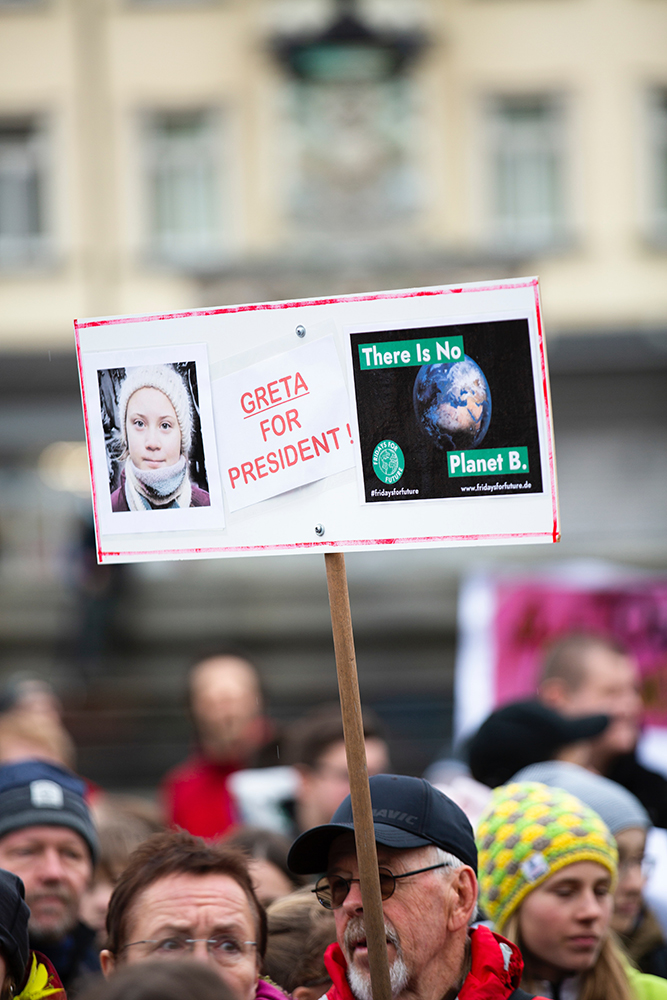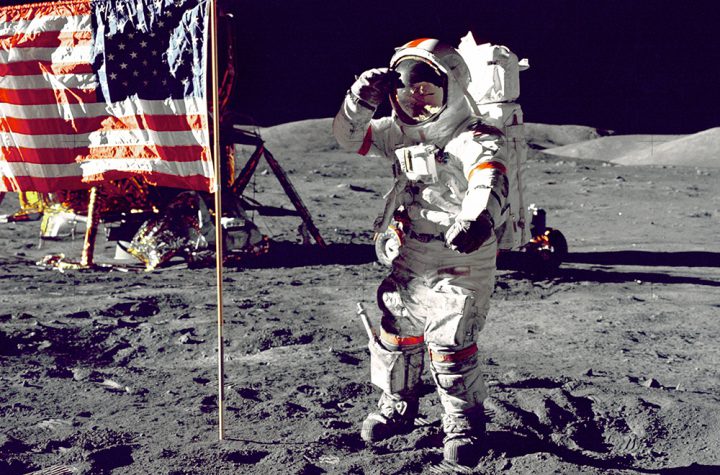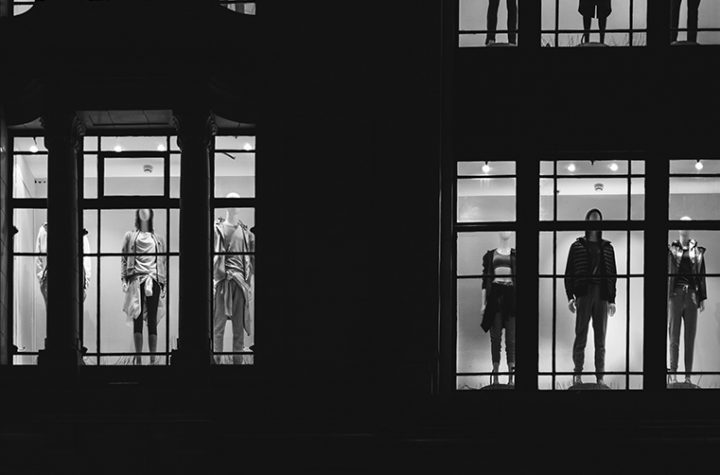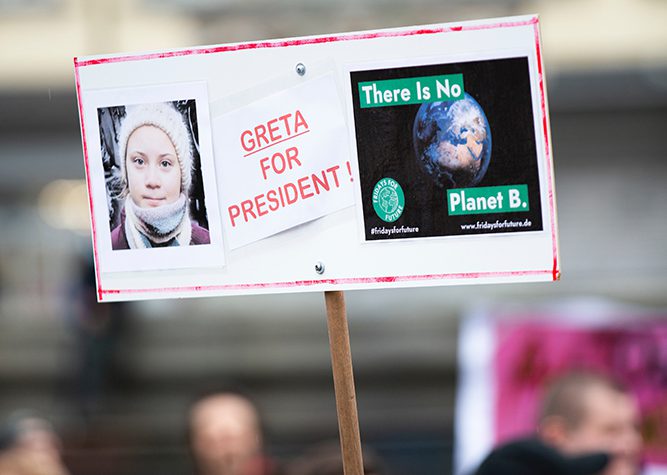
Fears that Victoria may be isolated for up to two years due to ongoing coronavirus infections have been eased after the Prime Minister confirmed Australia was aiming to wipe out community transmission in all states and territories. Victoria and NSW are the only two states that still have community transmission of the coronavirus, with other states and territories keeping their borders closed to most residents of the southern states.
Melbourne University epidemiologist Professor Tony Blakely pointed out this week that if the situation in Victoria did not improve, the state could be isolated from the rest of the country until a vaccine was developed, which could take two years.
“So let’s assume that Victoria doesn’t get rid of the virus … It essentially means Victoria is going to have to function in isolation from the rest of Australia until such time as we get a vaccine, assuming the other states don’t want the virus back in,” Prof Blakely told ABC on Wednesday.
RELATED: Australia’s yoyo future if virus is not eliminated
His comments sparked fears Victoria could be in lockdown for two years while it battled the infection but Prof Blakely said this was not the case.
“I’m not saying Victorians would have to stay in their houses for two years, I’m saying Victorians might have to stay in Victoria for two years,” he told news.com.au.
Prof Blakely said this could be the scenario if all other states and territories managed to eliminate the virus except for Victoria.
“If Victoria doesn’t eliminate the virus there is no way that WA, NT, SA, Queensland and Tasmania would accept people from Victoria, why would you?”
However, Prof Blakely said comments from the Prime Minister Scott Morrison on Friday that confirmed Australia was aiming for “no community transmission” were welcome and could be a gamechanger.
While Mr Morrison insists Australia is still following a suppression strategy, he said the goal was “no community transmission”. This means Victoria and NSW are aiming to achieve the same success as other states and territories.
The PM said this had always been in line with the goal of a suppression strategy but Prof Blakely considers the aim for “no cases of community transmission where the source for the case is unknown, for 28 days” to be part of an elimination strategy.
Regardless of the strategy, Prof Blakely has welcomed the move and said it would ensure Australia would not get split into two parts, between those states that had achieved elimination and those that hadn’t.
On Friday, Tasmania announced it would be forming a travel bubble with Western Australia, South Australia and the Northern Territory.
RELATED: How other states lose out from Victoria’s outbreak
The shared goal will also reduce the likelihood of countries like New Zealand, which has also eliminated the virus, from forming a travel bubble with separate states and territories. This would also have kept Victoria isolated.
In order for places like Queensland to participate in a travel bubble, it would likely have had to keep its borders closed to Victoria while infections were still appearing.
This is less likely to be an issue now that the goal is for no community transmission.
However, given that the goal is to eliminate community transmission, Prof Blakely believes extra restrictions should be considered in Victoria.
“From the Victorian standpoint, our best strategy is to maximise the use of a lockdown, and go hard,” he said.
“This would mean reducing the scope of who is an essential worker, in addition to the many good enhancements of stage 3 already put in place.”
Prof Blakely believes restrictions should be kept in place until there was no, or nearly zero, community transmission, before locked down areas were allowed to open up cautiously.
This may involve a longer lockdown but Prof Blakely said mandatory masks may be a game changer, although it will take 10 days to see how they effective they are in driving the number of cases down.
“The vexing issue of who is an essential worker remains – we need to reduce the virus transmitting through these people, by either limiting their number or doing ‘essential work’ much smarter,” Prof Blakely said.
“Finally, we have clearly learnt in Victoria that our planned strategy of contact tracing and community testing did not work – it did not stamp out the current outbreak.
“We need better systems, and a phone app that actually enhances the work of contact tracers. Everything helps.”
charis.chang@news.com.au | @charischang2





More Stories
As the pandemic wreaks havoc on TV and movie ‘love lives’, intimacy coordinators need to find ways to adapt